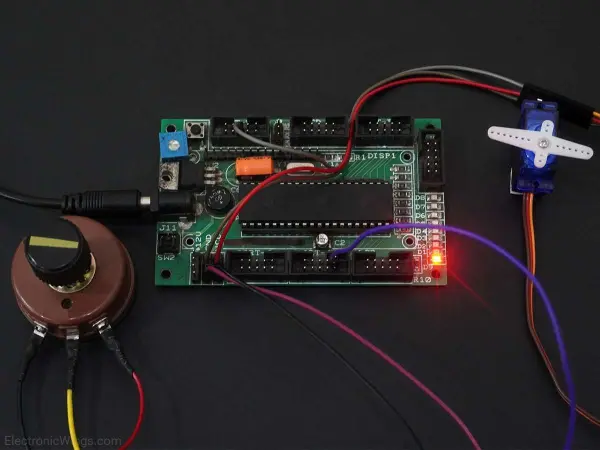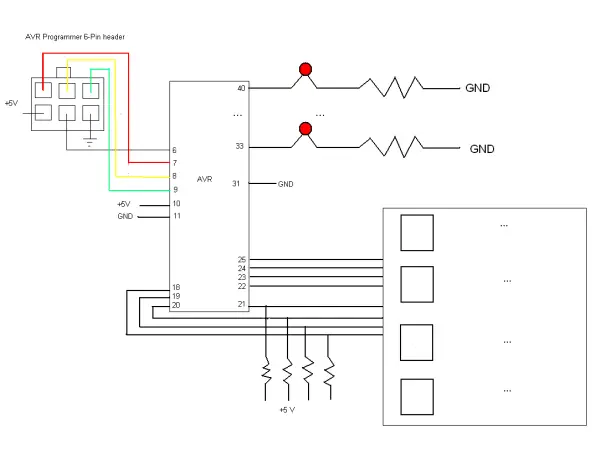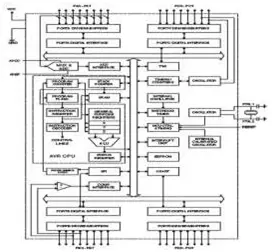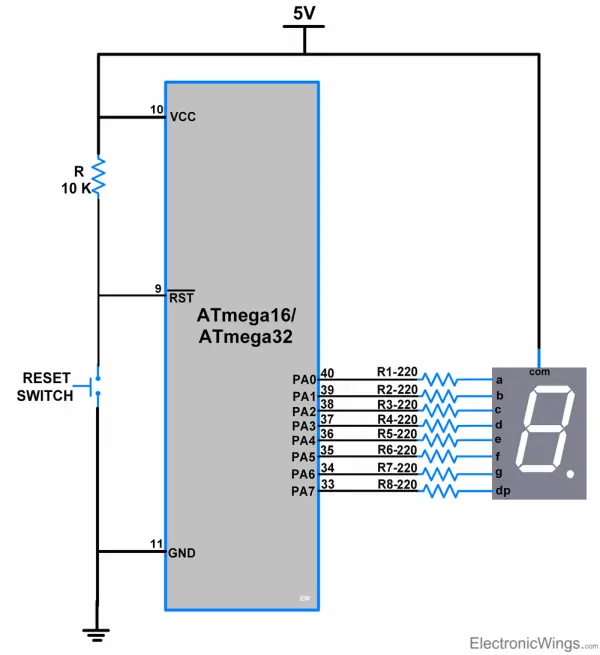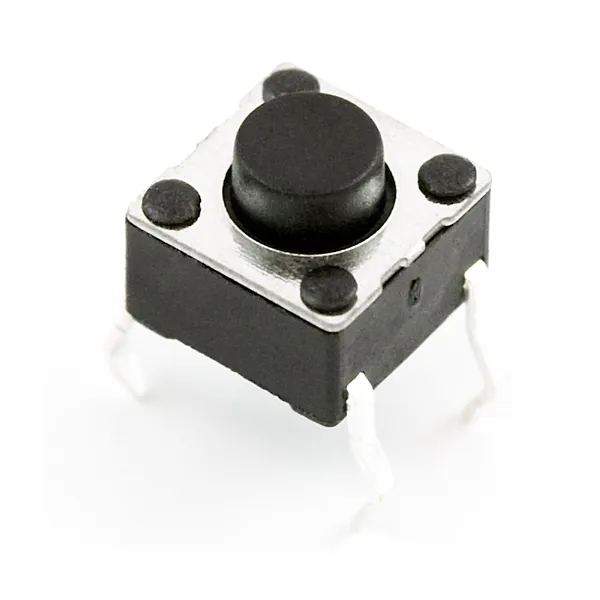Master the Art of Servo Motor Control Using AVR ATmega16
Overview of Servo Motor A servo motor is an electrically powered actuator that allows for precise control of angular rotation. It provides controlled movement important for applications like robotic arms that require precision. The rotation angle is dictated by a PWM (pulse-width modulation) signal sent to the motor. Varying the width of the PWM pulses […]
Master the Art of Servo Motor Control Using AVR ATmega16 Read More »

